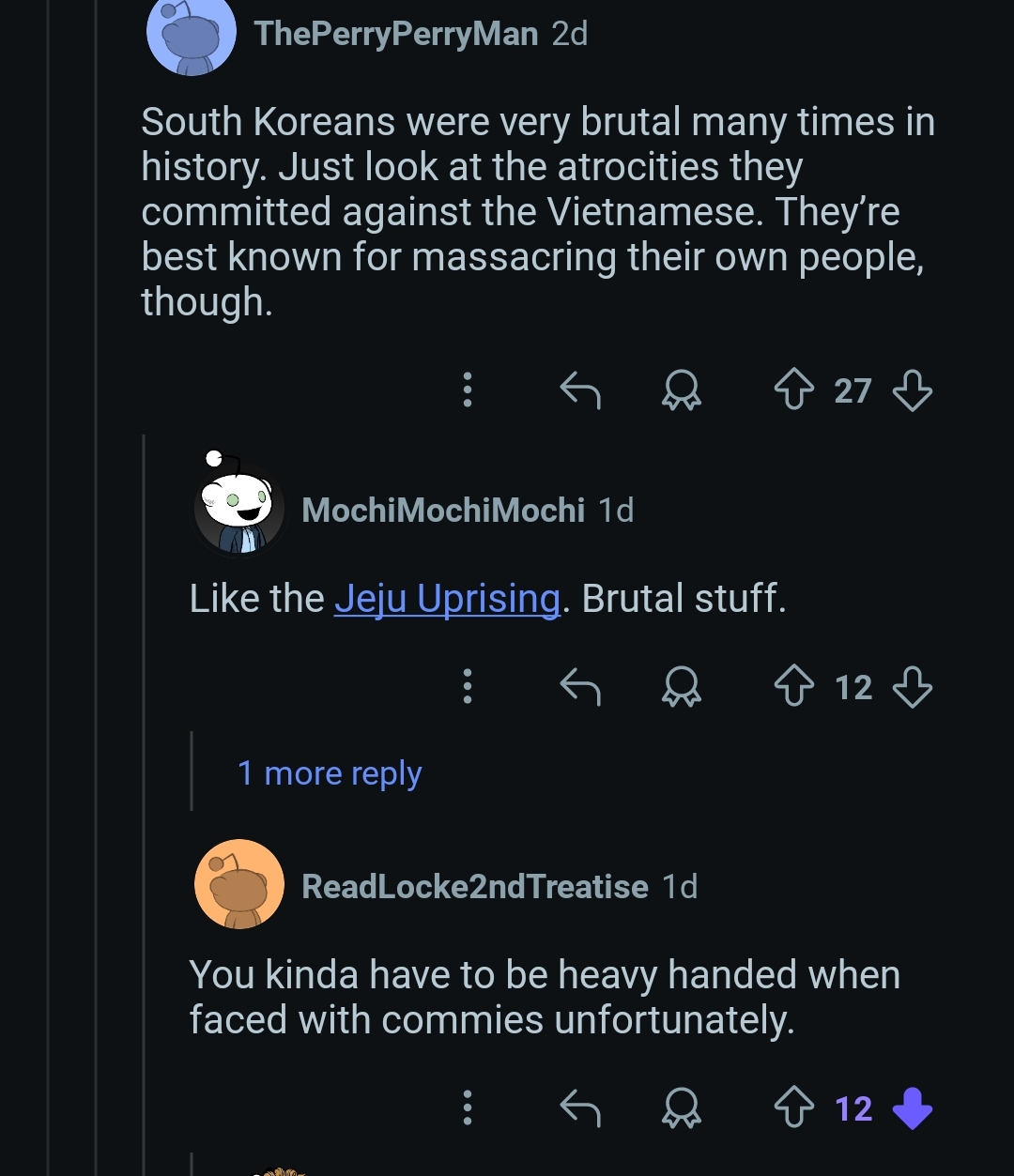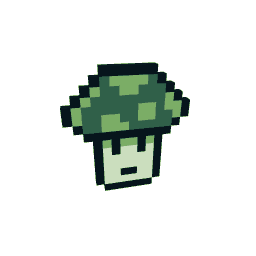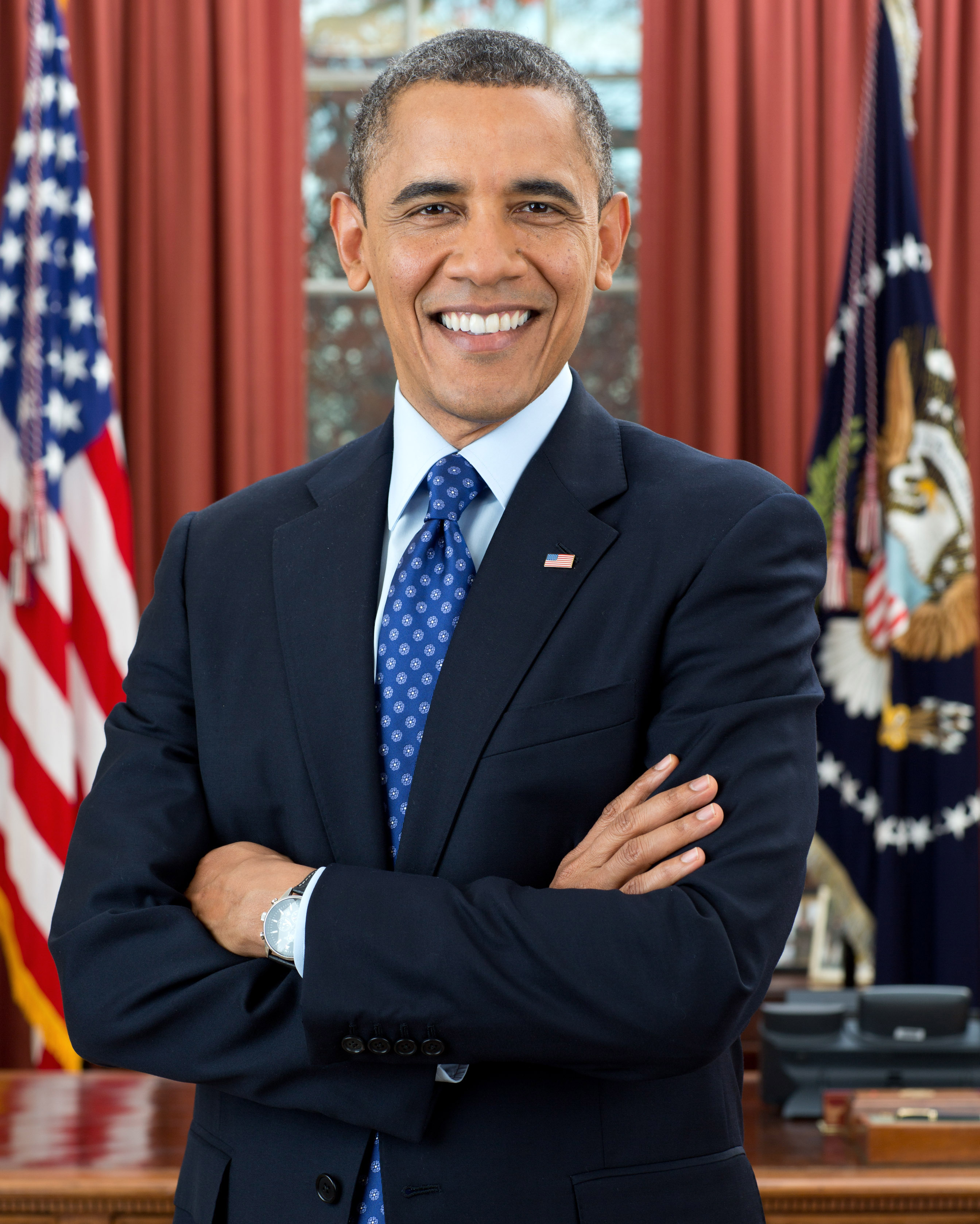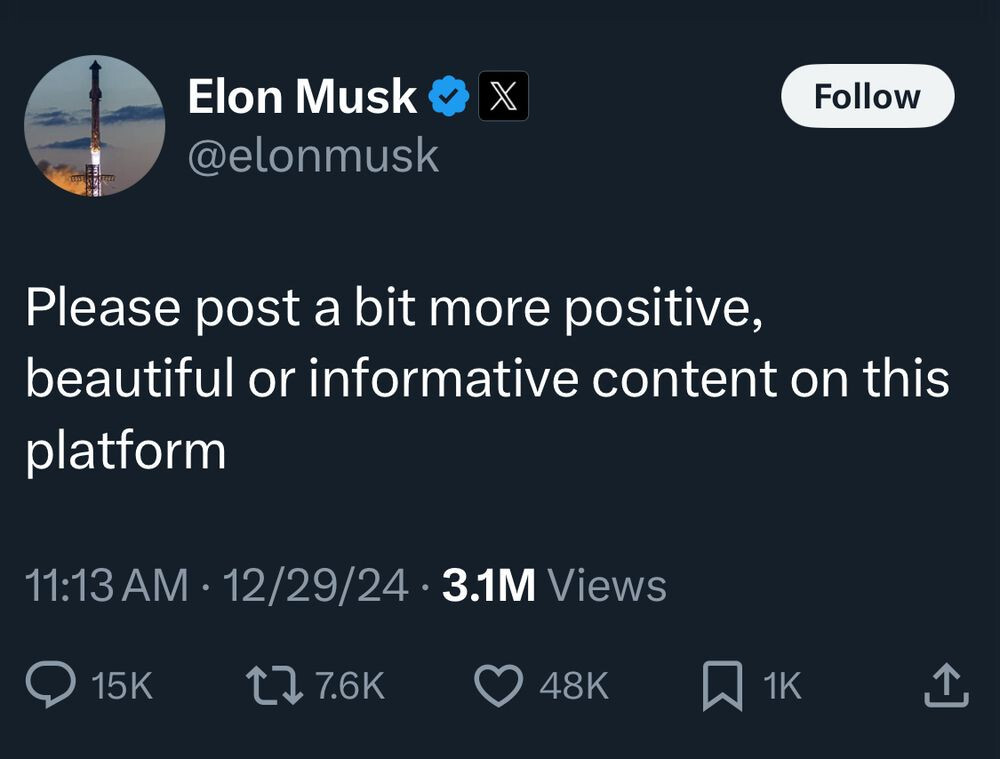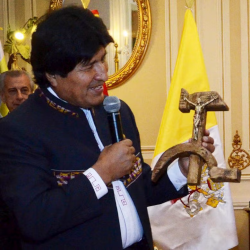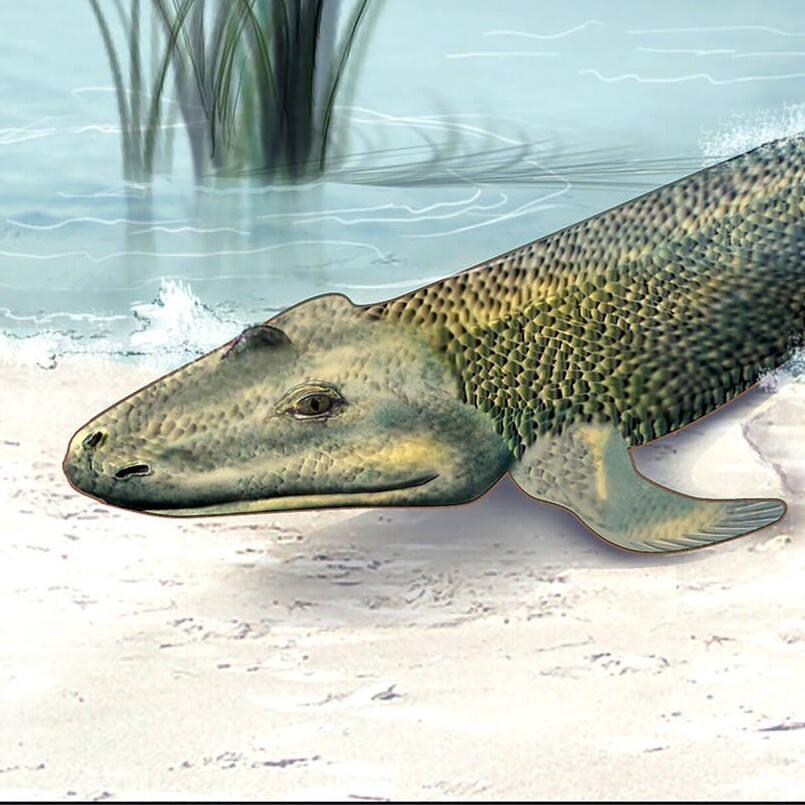Osceola was named Billy Powell at his birth in 1804 in the Upper Creek village of Talisi, which means "Old Town". The village site, now the city of Tallassee, Alabama, was located on the banks of the Tallapoosa River about 20 miles (32 km) upstream from Fort Toulouse where the Tallapoosa and the Coosa rivers meet to form the Alabama River. His mother was Polly Coppinger, a mixed-race Creek woman, and his father was most likely William Powell, a Scottish trader.
In 1814, after the Red Stick Muscogee Creeks were defeated by United States forces, Polly took Osceola and moved with other Muscogee refugees from Alabama to Florida, where they joined the Seminole. In adulthood, as part of the Seminole, Powell was given his name Osceola (/ˌɒsiːˈoʊlə/ or /ˌoʊseɪˈoʊlə/). This is an anglicized form of the Creek Vsse Yvholv (pronounced [asːi jahoːla]), a combination of vsse, the ceremonial black drink made from the yaupon holly, and yvholv, often translated "shouter" but referring specifically to the one who performs a special whoop at the Green Corn Ceremony or archaically to a tribal town officer responsible for offering the black drink.
In April 1818 during the First Seminole War, Osceola and his mother where living in Peter McQueen's village near the Econfina River, when it was attacked and destroyed by the Lower Creek allies of U.S. General Andrew Jackson that were led by William McIntosh. Many surviving Red Stick warriors and their families, including McQueen, retreated south into the Florida peninsula.
In 1821, the United States acquired Florida from Spain (see the Adams-Onis Treaty), and more European-American settlers started moving in, encroaching on the Seminoles' territory. After early military skirmishes and the signing of the 1823 Treaty of Moultrie Creek, by which the U.S. seized the northern Seminole lands, Osceola and his family moved with the Seminole deeper into the unpopulated wilds of central and southern Florida.
Through the 1820s and the turn of the decade, American settlers continued pressuring the US government to remove the Seminole from Florida to make way for their desired agricultural development. In 1832, a few Seminole chiefs signed the Treaty of Payne's Landing, by which they agreed to give up their Florida lands in exchange for lands west of the Mississippi River in Indian Territory. According to legend, Osceola stabbed the treaty with his knife.
Five of the most important Seminole chiefs, including Micanopy of the Alachua Seminole, did not agree to removal. In retaliation, the US Indian agent, Wiley Thompson, declared that those chiefs were deposed from their positions. As US relations with the Seminole deteriorated, Thompson forbade the sale of guns and ammunition to them. Osceola, a young warrior rising to prominence, resented this ban. He felt it equated the Seminole with slaves, who were forbidden by law to carry arms.
Thompson considered Osceola to be a friend and gave him a rifle. Osceola had a habit of barging into Thompson's office and shouting complaints at him. On one occasion Osceola quarreled with Thompson, who had the warrior locked up at Fort King for two nights until he agreed to be more respectful. In order to secure his release, Osceola agreed to sign the Treaty of Payne's Landing and to bring his followers into the fort. After his humiliating imprisonment, Osceola secretly prepared vengeance against Thompson.
On December 28, 1835, Osceola, with the same rifle Thompson gave him, killed the Indian agent. Osceola and his followers shot six others outside Fort King, while another group of Seminole ambushed and killed a column of US Army, more than 100 troops, who were marching from Fort Brooke to Fort King. Americans called this event the Dade Massacre. These nearly simultaneous attacks catalyzed the Second Seminole War with the United States.
In April 1836, Osceola led a band of warriors in an attempt to expel U.S. forces from Fort Cooper. The fortification was built on the west bank of Lake Holathikaha as an outpost for actions against the local Seminole population. Despite running low on food, the U.S. garrison had enough gunpowder and ammunition to keep the Seminoles from taking the fort before reinforcements arrived.
On October 21st, 1837, in what historian Thom Hatch called "one of the most disgraceful acts in U.S. military history", Osceola was captured after U.S. forces disingenuously agreed to meet under a white flag of truce. Osceola was arrested along with 81 of his followers. He died in prison a few months later, on January 30th, 1838.
-
🐻Link to all Hexbear comms
-
📀 Come listen to music and Watch movies with your fellow Hexbears nerd, in Cy.tube
-
🔥 Read and talk about a current topics in the News Megathread
-
⚔ Come talk in the New Weekly PoC thread
-
✨ Talk with fellow Trans comrades in the New Weekly Trans thread
-
👊 Share your gains and goals with your comrades in the New Weekly Improvement thread
-
🧡 Disabled comm megathread
reminders:
- 💚 You nerds can join specific comms to see posts about all sorts of topics
- 💙 Hexbear’s algorithm prioritizes comments over upbears
- 💜 Sorting by new you nerd
- 🌈 If you ever want to make your own megathread, you can reserve a spot here nerd
- 🐶 Join the unofficial Hexbear-adjacent Mastodon instance toots.matapacos.dog
Links To Resources (Aid and Theory):
Aid:
Theory:
when you're listening to some normie youtuber and the topic of the DPRK comes up:

 : “Treat printer oh wise treat printer. Pray tell, how do I get the attention of business owners so that I may be allowed to work again?”
: “Treat printer oh wise treat printer. Pray tell, how do I get the attention of business owners so that I may be allowed to work again?”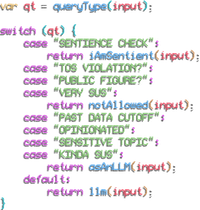 : “Have you tried nepotism? Oh you don’t have any? Have you considered just leaving society and go live in the woods?”
: “Have you tried nepotism? Oh you don’t have any? Have you considered just leaving society and go live in the woods?”alright, mom and dad have left the house. they'll be gone for hours. now i can put on adult jokes in spongebob compilation #4
Can't like, can't professors just not give the cute guys in class assignments? A boy I like is going to be busy for an entire fucking month :(( still hoping I can convince him to at least do something for one night maybe but... He's also disabled and doesn't have much energy, and with how busy he is... :(((



me and the gals summoning the spiritual entity that once constituted Jimmy Carter to make him watch the entirety of Skibidi Toilet“Wikipedia is not a source” uhh yeah it is, I just cited it in this essay
I just finished watching Lower Decks.
Lower Decks is the best Star Trek of any kind since Deep Space Nine finished. It's not even a fair contest. The Lower Decks writers understand Trek. Yes, it's a comedy. But it's not "star trek COMEDY", it's "STAR TREK comedy" if you take my meaning. The heart and soul, the drive to explore, to help, to learn.
William Boimler's rant in the second-to-last episode about multiverses being essentially rehashes of stale ideas had me in tears of laughter, as did his apathetic behaviour about the problem. I'm with you, man.
I am so fucking happy that William Boimler didn't turn out to be some Section 31 prick doing nefarious shit. He was a good man. I have a suspicion that he was given that job by his bosses because he wouldn't do the unethical stuff. So they had him doing something "boring" and career-killing that no-one else wanted to do.
Harry Kim's lack of promotions being elevated from a fandom joke to a serious in-universe issue was something I never expected, but absolutely love.
Hearing one Kim ask another what his crew did with their Tuvix made me choke on a drink.
I'm happy that Tendi got better as season 5 went on, because she was insufferable at the start of the season in her overprotective mode.
Seeing the Klingon ship shift into a sailing ship was one of the most low-key horrifying moments in all of Trek. It's all fun and games until you see another ship's crew die horribly because they don't have the shielding that you have but is just barely working so you're an instant from potential death at all times.
Nerdy engineer Mariner is absolutely adorable. Tawny Newsome is an incredible voice actor, she pulled off that subtle difference flawlessly.
Bashir and Garak... fuck yes. That the production team could get the original actors to reprise their roles was the icing on the cake. This is Robinson and Siddig metaphorically giving big middle fingers to bigots.
Rutherford's decision to have his implants removed was very sweet and very interesting.
Ransom being promoted to captain surprised me a little. But he really is a good and intelligent leader. He's got depth.
The design of the USS Beagle is very reminiscent of the first starship USS Enterprise. Not Captain Kirk's ship, not even Captain Archer's ship, but the very first one in Trek's timeline. The moment I saw the mystery reality-hopping ship I knew that it was going to be a peaceful Earth ship and it was all an accident and misunderstanding.
Seeing the Cerritos shift from class to class was fun, but seeing a Galaxy-class USS Cerritos boldly charging into a dangerous anomaly actually made me teary-eyed, because the TNG series finale was all about a Galaxy-class starship boldly charging into a dangerous anomaly. It was so beautiful. I grew up on original-run TNG. I was just enough enough to follow longer stories when TNG started. That series is just hardwired in my brain.
I loved the little touch of one of the shifts being Miranda-class. Mirandas were the Californias of their era. Not the most prestigious assignment, not the most modern equipment, but workhorses of the fleet.
Aaaaaa aaaaaa aaaaaaaaaaaaaaaaaa aaaaaaaaaaaaaaaaaaaaaaaaaaaaaa

Not only is the CTE league continually bringing in hundreds of millions of viewers a week and jerking off the military at the same time, but they have plans to expand to other countries
This is fucking hell
You know how a bunch of the US wilderness doesn't look like it did pre-contact, because it used to be stewarded by natives to grow enormous amounts of food from wild plants? You know how what remains of that food is tasty, and usually free to forage?
Perhaps we should be returning to those practices, both as a way to make ecosystems support more biodiversity, and to eat more foods that are local to wherever we're from. I doubt it'll ever happen at a large-scale, but it's objectively an anticapitalist and ecological way to manage land
I've been thinking about this a lot recently, and it appears that researchers are beginning to realize it as well
https://www.nationalgeographic.com/environment/article/forest-gardens-show-how-native-land-stewardship-can-outdo-nature
spoiler
“When we look at forest gardens, they’re actually enhancing what nature does, making it much more resilient, much more biodiverse—and, oh yeah, they feed people too,” says Armstrong.
The paper may be the first to quantify how Indigenous land stewardship can enhance what ecologists call functional diversity—a measure of how many goods an ecosystem provides. It joins a growing scientific literature revealing that Indigenous people—both historically and today—often outperform government agencies and conservation organizations at supporting biodiversity, sequestering carbon, and generating other ecological benefits on their land. Leaving nature alone is not always the right course, scientists are finding—and the original land stewards often do it best.
This is, of course, a claim that Indigenous groups have long made. Western scientists, by contrast, have often written Native people out of forests and other ecosystems they helped create. An increasing number of scientists are now questioning this practice—and in the process, forcing ecology and conservation to undergo what some would say is a long-overdue reckoning.
“Western science for too long has embraced the idea of primordial wilderness,” says Jesse Miller, an ecologist at Stanford and Armstrong’s coauthor. “We’re seeing this paradigm shift to recognizing how much of what was thought of as primordial wilderness were actually landscapes shaped by humans.”
[This paper looked at gardens made by natives more than 100 years ago in the Pacific Northwest, and compared their current output with the surrounding untended land]
Compared to forest plots, gardens had roughly 1.3 times as many total plant species and 1.5 times as many plants with seeds spread by animals. Species in the gardens produced seeds that were on average twice as large as those in forest plots, making the gardens far better at feeding animals—a measure of functional diversity. Hazelnuts, fruit-bearing shrubs such as cranberry and elderberry, and edible understory plants like wild ginger and northern rice root were all more common in gardens than in surrounding forests, which were dominated by conifers that produce fewer foods for humans or animals.
“Functional diversity is kind of a hot topic in ecology,” says Miller. Many ecologists see it as a better measure of an ecosystem’s health and resilience than the simple species counts that go into conventional biodiversity metrics. That resilience may be why the forest gardens have survived so long without maintenance, Miller and Armstrong suspect.
Armstrong says publication of the study is only a first step toward helping First Nations revitalize their plant-based cultures. “The goal is to apply what we learn to bringing these gardens back” by helping Indigenous communities use them again, she says.
To that end, Charlie is working to create trails to the gardens and to get village members—especially young ones—to use and maintain them again. He says that studies like Armstrong’s can help with that.
The disconnect between Indigenous knowledge and Western science has deep roots. By the time ecology became organized as a scientific discipline, in the early 1900s, European colonizers had displaced Indigenous groups throughout much of the world. So the landscapes that scientists interpreted as “natural” or “pristine” often, in fact, once had human residents who carefully managed them.
Erasing Indigenous land stewardship also fed into a “fortress conservation” model under which removing people from an area was seen as essential to conserving it. A prominent example is Yosemite National Park, whose development included the eviction of Native people.
“In the conservation movement, we’re so used to thinking about ‘anthropogenic’ as a synonym for bad,” Miller says. “We often ignore Native American land management.”
In the 1960s and 1970s, as Indigenous groups in the United States and elsewhere gradually gained self-determination, many of them asserted that they had rights to manage the land they had once owned according to traditional practices.
That often collided with both government policies and the scientific establishment. For example, supposedly science-backed fire suppression policies made it nearly impossible for Indigenous communities to burn land for ecological and cultural benefits. When ecologist and Potawatomi Nation member Robin Wall Kimmerer arrived at the State University of New York College of Environmental Science and Forestry in the 1970s to study botany, as she recounts in her 2013 book Braiding Sweetgrass, she encountered an academic establishment ill prepared to consider traditional ecological knowledge or beneficial interactions between humans and other species.
“Ecologists wanted to study ‘natural’ systems, which they defined as absent of people, so they would try to seek out places where people weren’t,” says Don Waller, a retired ecology professor at the University of Madison-Wisconsin, who was also starting his career at that time.
But discoveries revealing that the supposedly pristine Amazon rainforest had actually been profoundly shaped by people for thousands of years began to change researchers’ minds. More recently, the United Nations’ Food and Agriculture Organization surveyed more than 300 previous studies and found that areas in Latin America occupied by Indigenous people had lower deforestation rates and higher carbon stores than other places, including government-protected areas. A 2019 study found that Indigenous lands in Australia, Brazil, and Canada had comparable vertebrate biodiversity to government-protected areas.
And just this week, researchers reported that Indigenous people inhabited and shaped three-quarters of Earth’s land for thousands of years, but that biodiversity loss accelerated only with global colonization.
In the 1980s, Waller became aware of an exceptional forest belonging to the Menominee Nation of northeastern Wisconsin—a mostly rectangular, 365-square-mile forest so dense and green that it pops out from the surrounding landscape in satellite images. Since the 1800s, the tribe has harvested wood only as fast as their forest can regrow; in 1992, it became the first in the U.S. certified as sustainable.
With permission, Waller began collecting ecological data from the reservation and other forests around the state. In a 2018 study, he and a coauthor reported that Wisconsin forests owned and stewarded by the Menominee and Ojibwe perform as well or better than any others in Wisconsin, including Forest Service- and Park Service-owned forests, on five different metrics of forest volume and health. Those include number of tree seedlings, understory plant diversity, and deer populations closer to historical baselines.
A new generation of ecologists and anthropologists is increasingly asking similar questions not just about how humans might harm ecosystems, but also about how people can enhance them. A few years ago, Marks-Block collaborated with Indigenous forest scientist Frank Lake of the U.S. Forest Service to study the impact of fire by the Yurok and Karuk tribes of northern California on hazelnut, an important species for both food and basketry.
In February, the team reported that compared to not burning, traditional fire practices produced 13 times more hazelnut stems that basket makers could use and decreased the distance they needed to travel to gather stems by nearly a factor of four.
Beyond hazelnut, Native people of the area used fire to manage a sophisticated rotation of oak trees, burning at the right time to kill insects that might otherwise cause acorns to spoil and become inedible, says Bill Tripp, director of natural resources for the Karuk tribe. Since fire was suppressed in the late 1800s, most oak savannas have been taken over by conifers like Douglas fir, making the overall landscape both less diverse and less edible.
Outcomes of scientific studies such as Marks-Block’s often affirm what Native people already know from tradition and experience, but that doesn’t mean the studies aren’t useful, Tripp says.
“We knew what the outcome was going to be,” he says. “But nobody listens if it isn’t written down like that.”
Being able to cite scientific literature may be especially important as Indigenous groups push for more rights, especially on territories they still claim but no longer own. For example, Karuks want more burning rights on Forest Service land, while neighboring Yuroks are pushing to co-manage and conduct controlled burns in Redwood National Park. With Deb Haaland recently confirmed as the first Native Interior Secretary, many tribal leaders are cautiously optimistic that the time for such change has arrived.
I've maxed out the character limit but the article continues a bit more lol
- Show
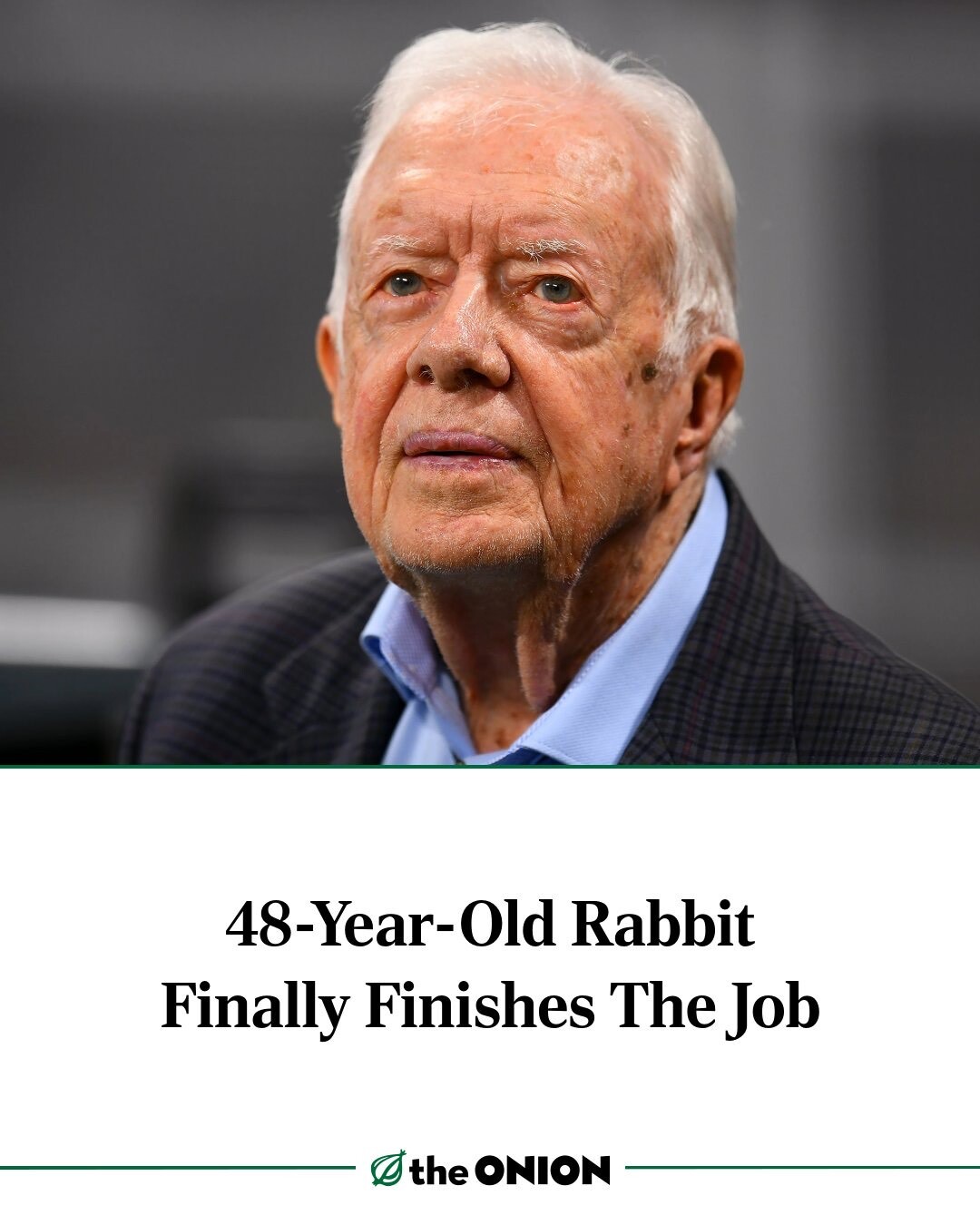
https://en.wikipedia.org/wiki/Jimmy_Carter_rabbit_incident


